Low-Moral Actions in Avatar Robots
Masters research project at HRI Lab, Kyoto University
In (Shaheen et al., 2024), we created a list of what low-moral actions were possible through avatar robots when operated by someone malicious and anonymous. We also suggested prevention mechanisms.
Avatar Robots
Imagine a world where people use robots to visit different places and countries. Unlike screens on wheels (telepresence robots), avatar robots can look like anything (think Surrogates, the movie).
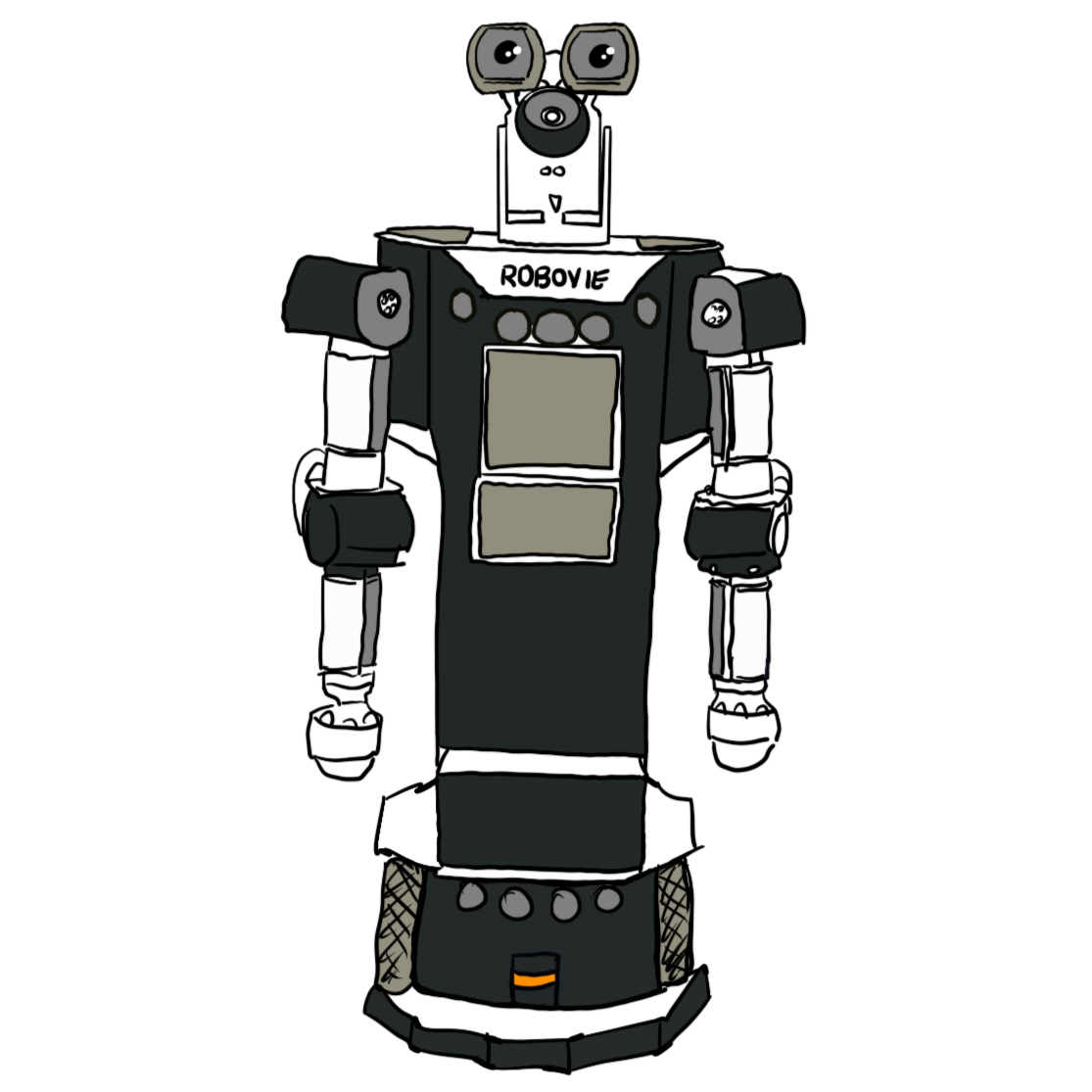
Avatar Robot
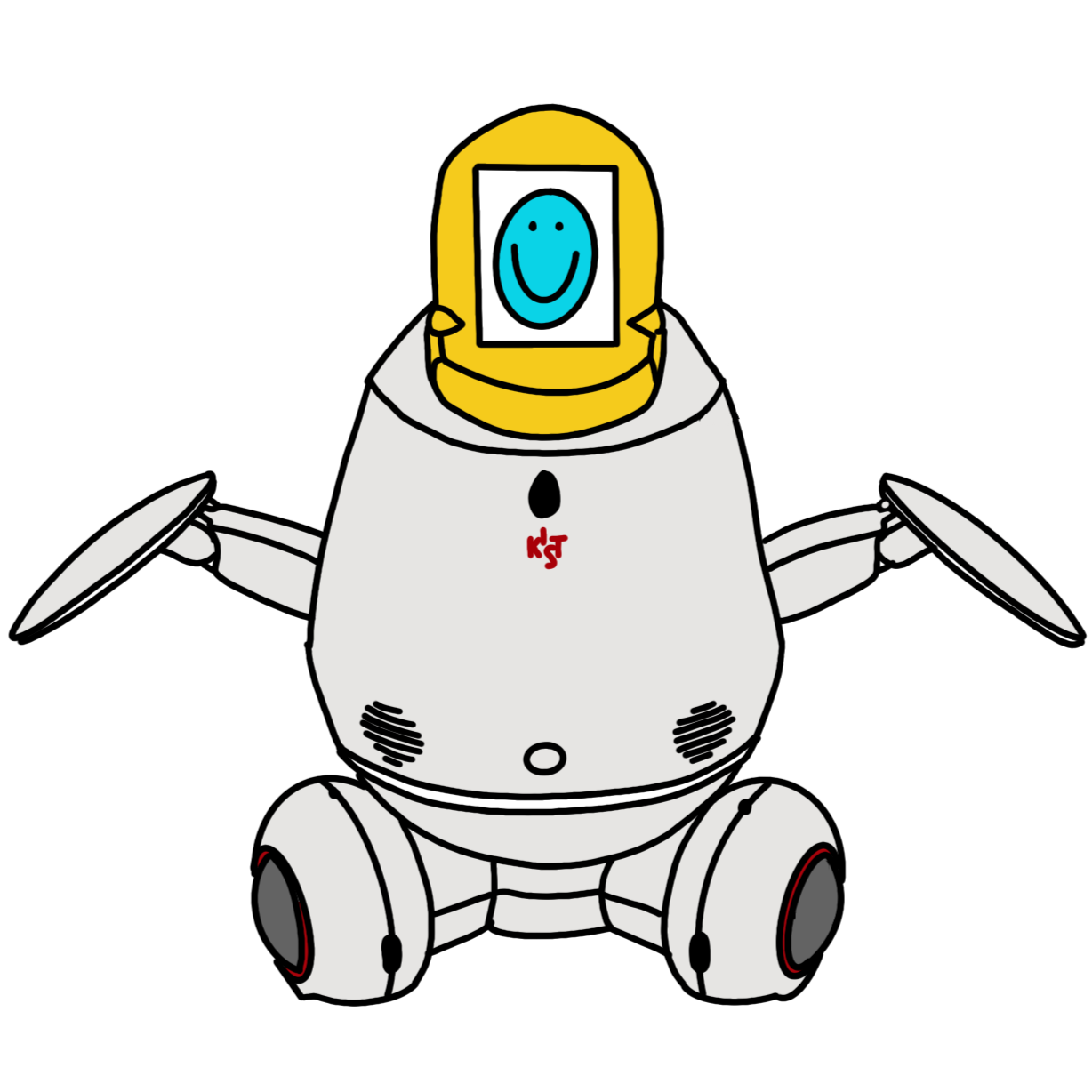
Avatar Robot
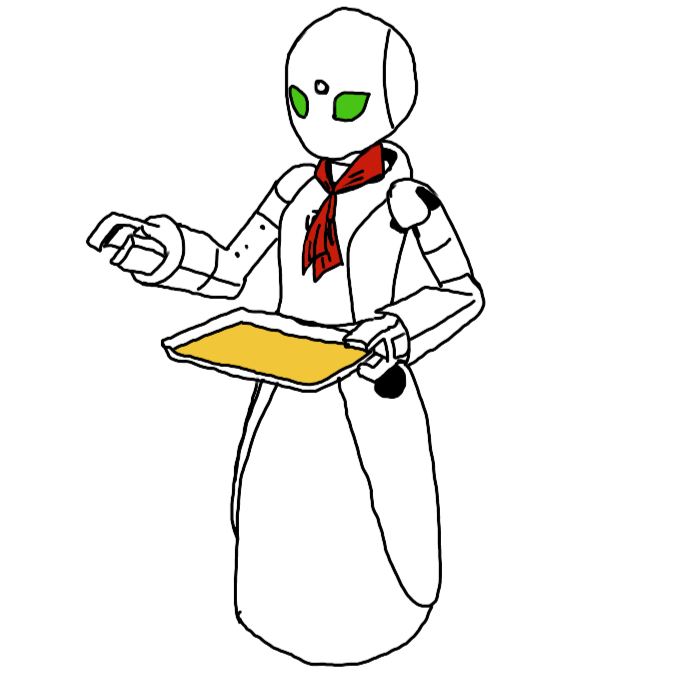
Avatar Robot
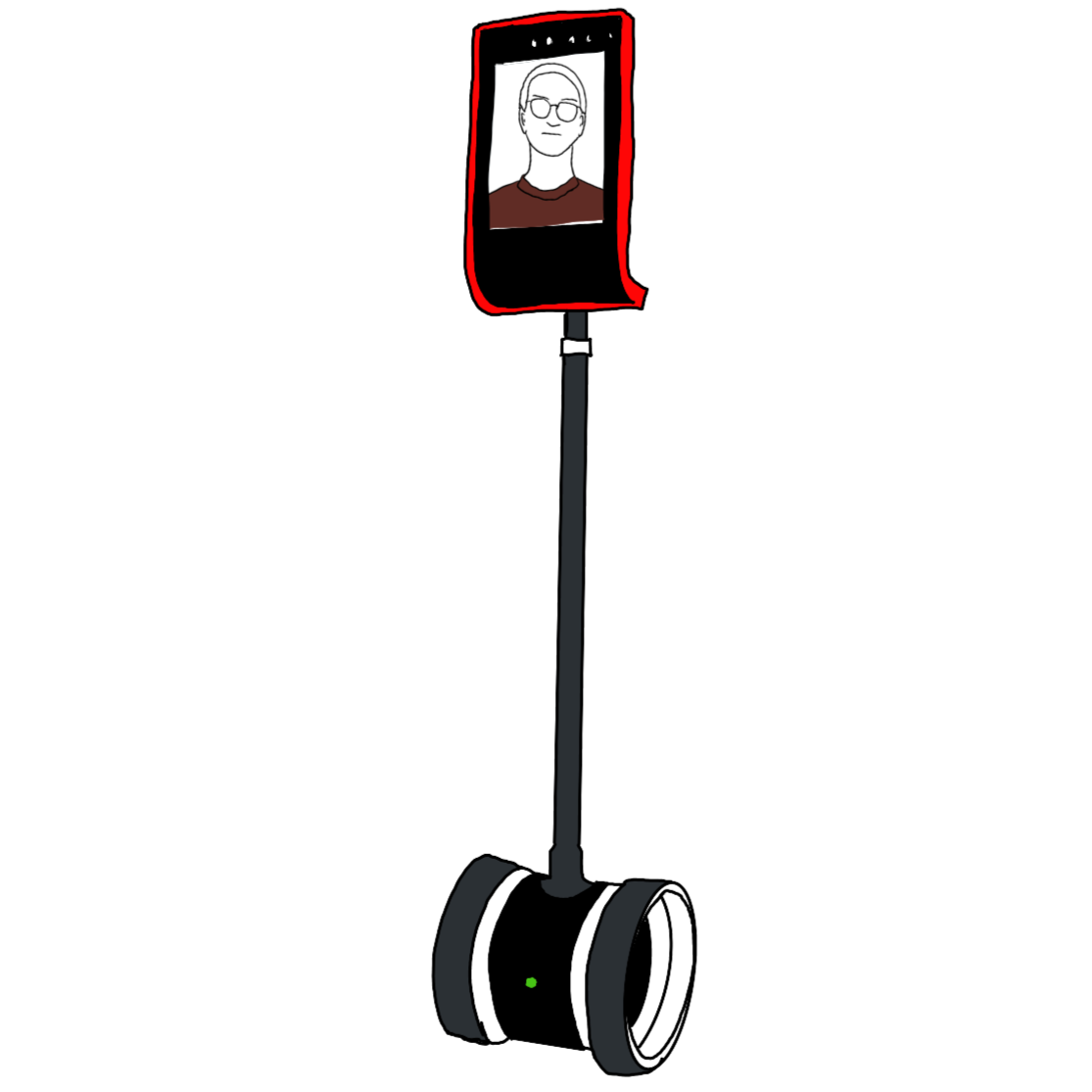
Telepresence Robot
Anonymity and Low-Moral Actions
One flaw of this is that it is not readily apparent to bystanders who the operator of the robot is. Malicious operators can use this anonymity to do low-moral actions, which we define as not only illegal acts but also acts that violate norms of society.
Risk Analysis Workshops
We conducted three hazard identification workshops with a total of 12 participants (6 male, 6 female) to brainstorm possible low-moral actions. Participants first experienced avatar robots by operating a real robot, a simulated avatar, and sharing space with an avatar robot. Activities included tasks like navigating through simulated environments such as shopping malls and convenience stores, where participants acted as malicious operators. This experience phase was critical for ideation, ensuring that participants understood the technology and its potential for misuse. At the end, participants brainstormed ideas of what low-moral actions are possible when an avatar robot is limited to locomotor movement and video feed from the robot’s eyes to the operator only.
Following are examples of the participants doing low-moral acts in simulations. The top-down view was hidden from the participants. They only saw from the Robot’s point-of-view.
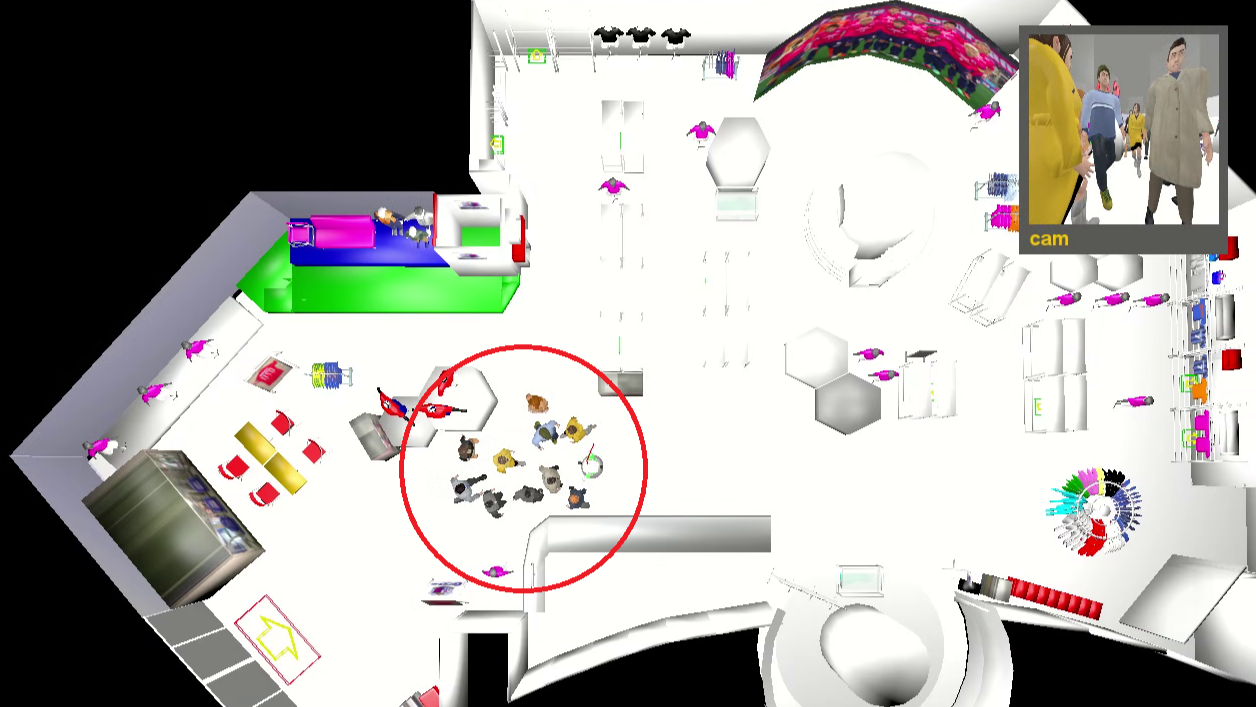
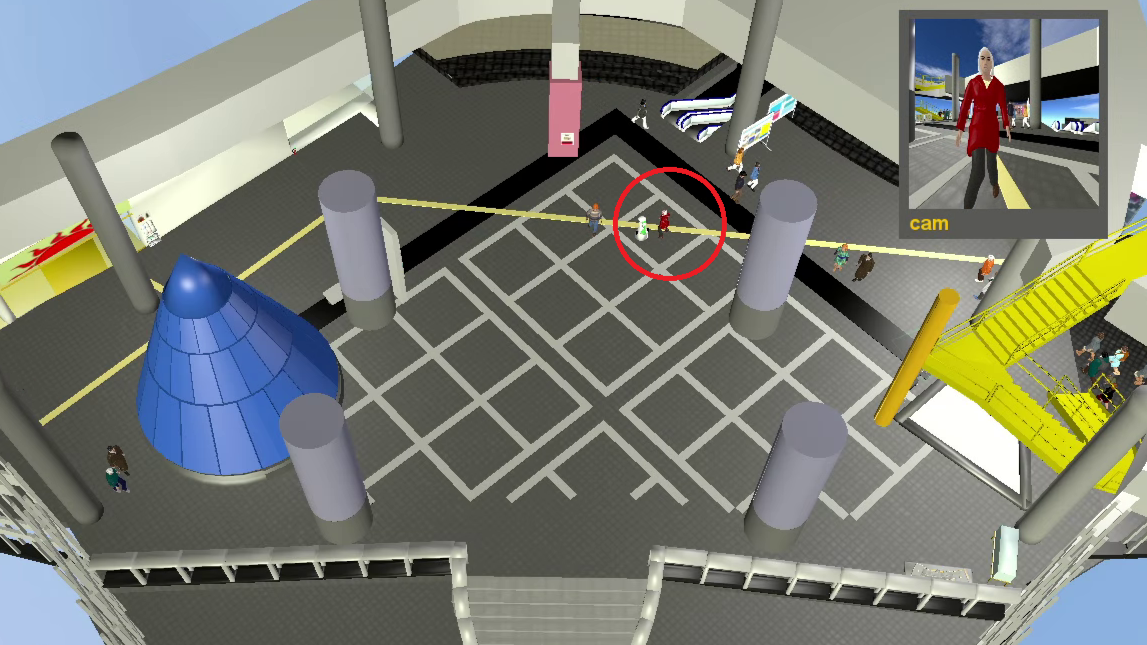
Results
Through these workshops, we identified four main categories of low-moral actions:
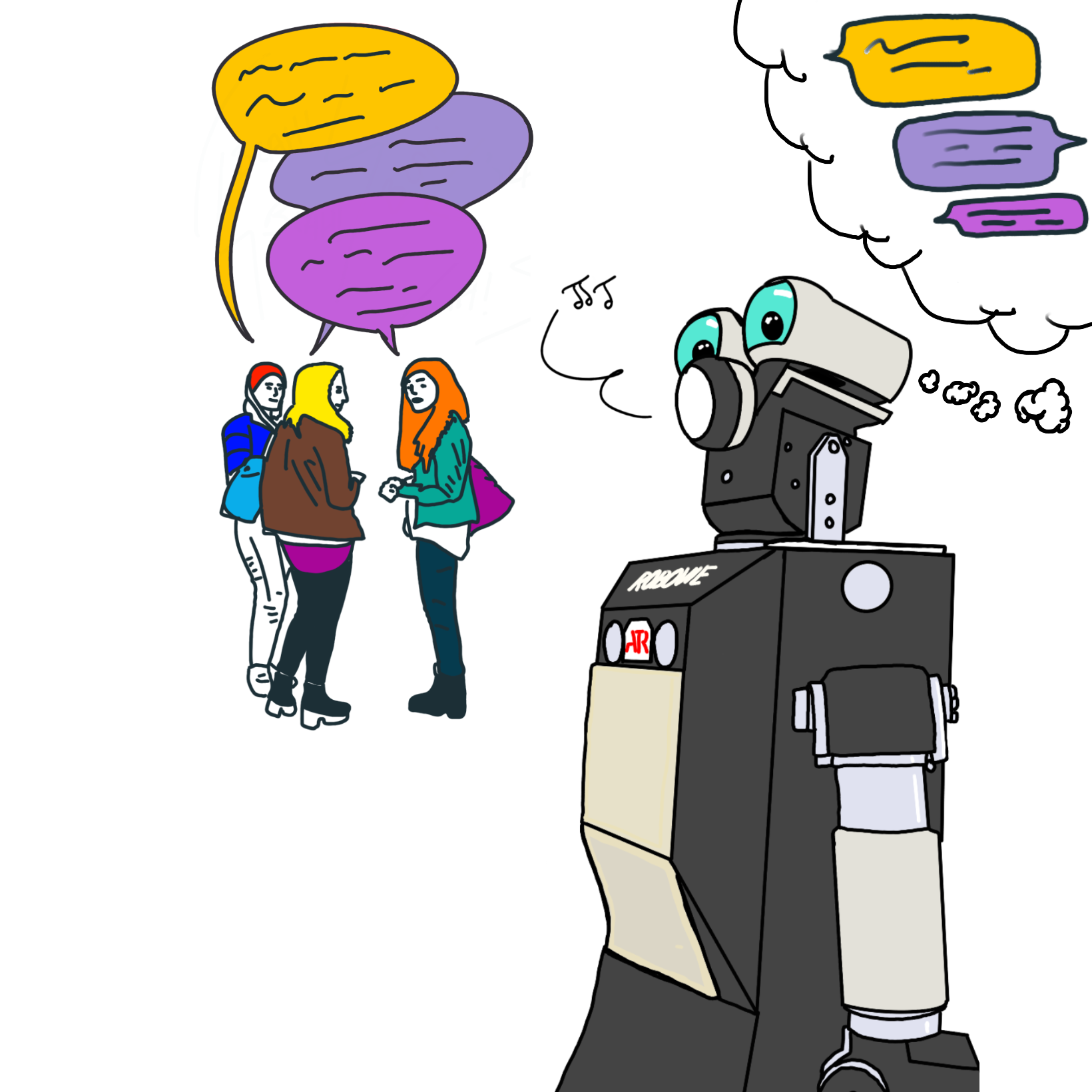
Actions such as eavesdropping or entering forbidden spaces.
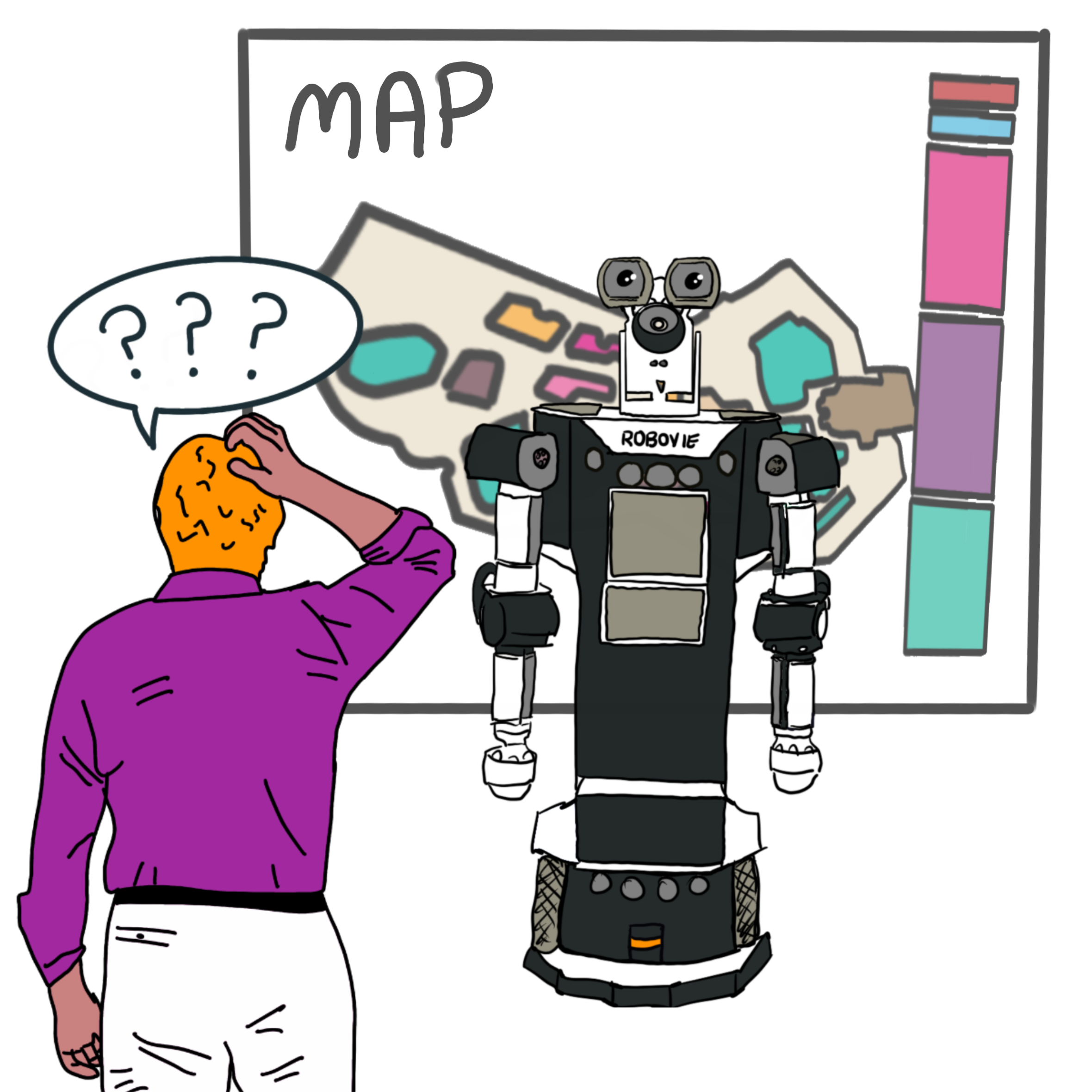
Blocking access to resources or obstructing movement.
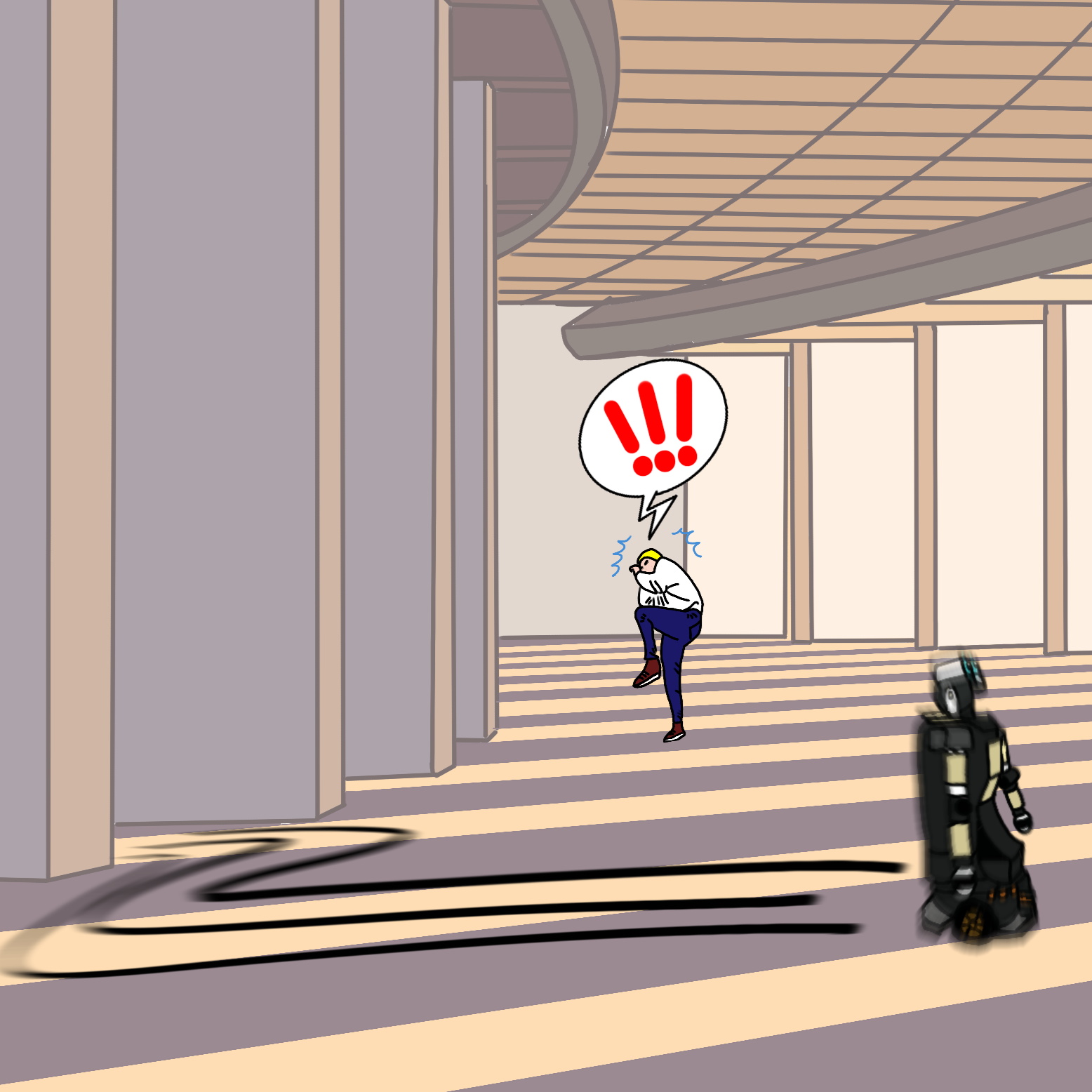
Actions like unnatural movement or invading personal space.
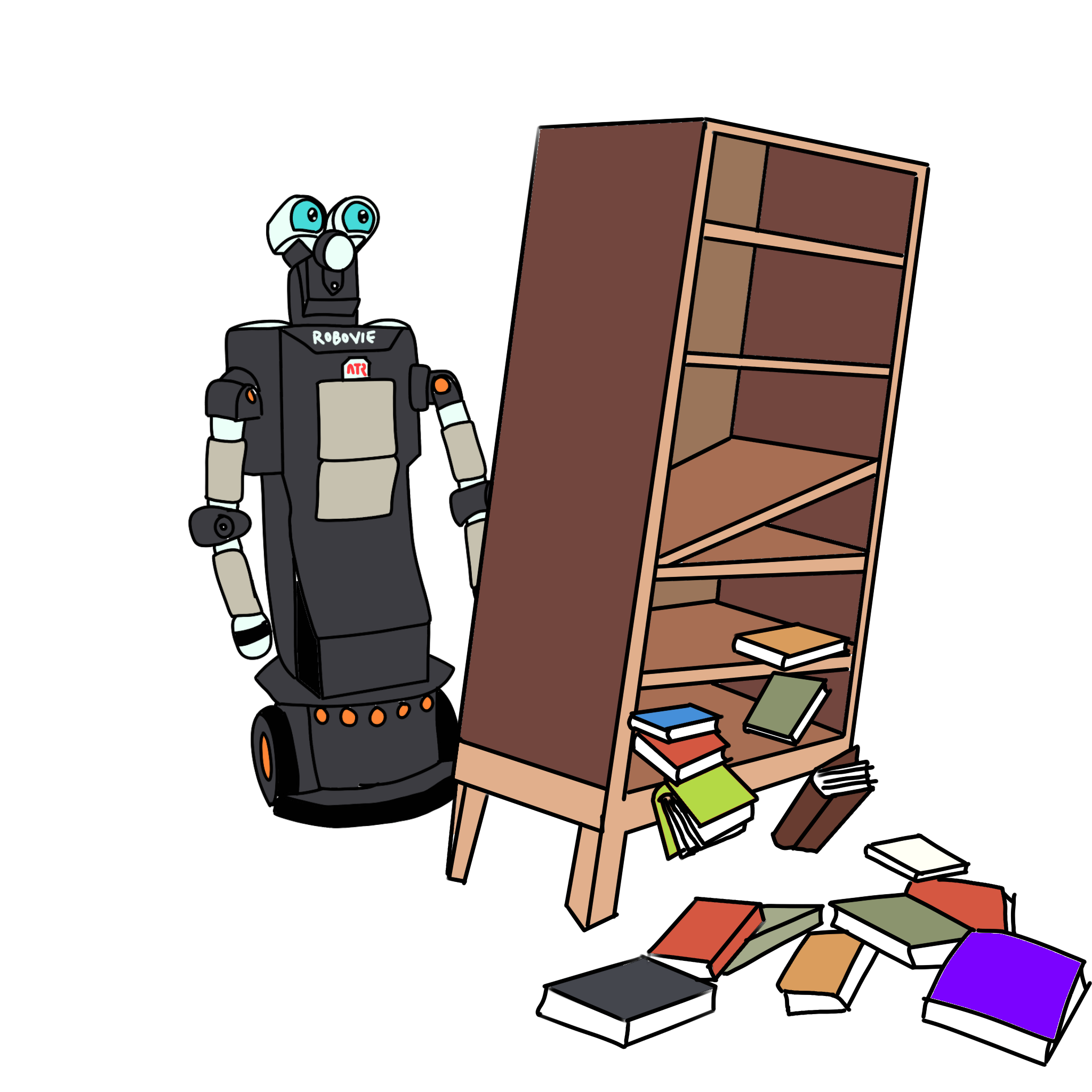
Causing physical harm to individuals or damage to property.
Each category was further divided into subcategories, resulting in a comprehensive list of potential actions and their manifestations. We also suggested prevention mechanisms that were applicable for each category.
Acknlowledgements
This research was conducted during my master’s studies at the Human-Robot Interaction Lab at Kyoto University. It was made possible via the MEXT Scholarship and was supported by JST Moonshot R&D under Grant Number JPMJMS2011, Japan.
🏆 Award
I was awarded the Distinguished Master’s Thesis Award for this work.